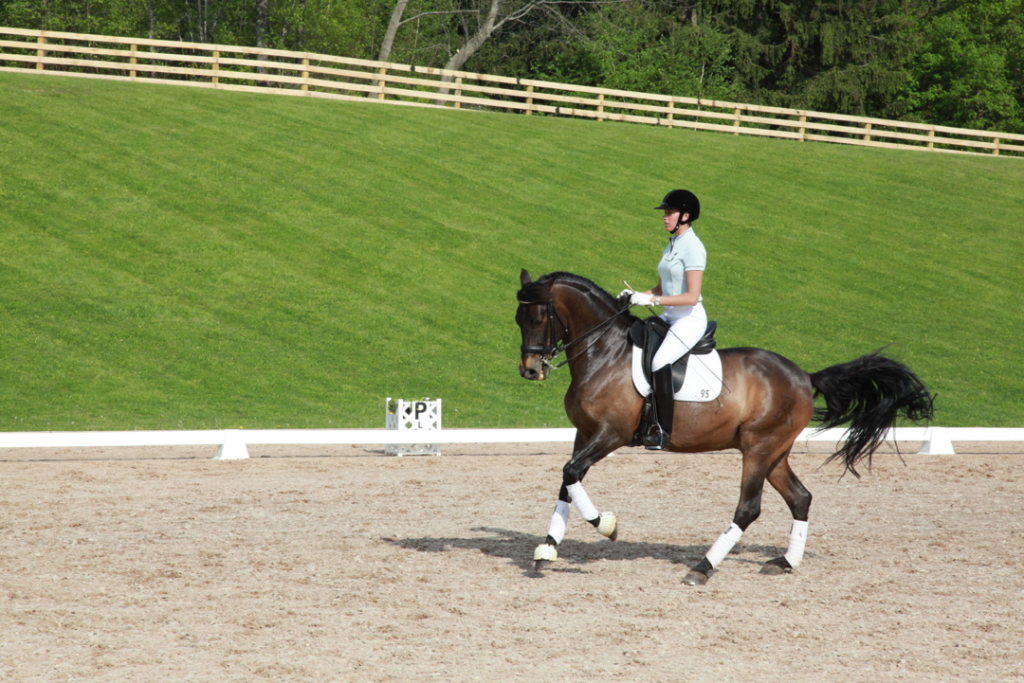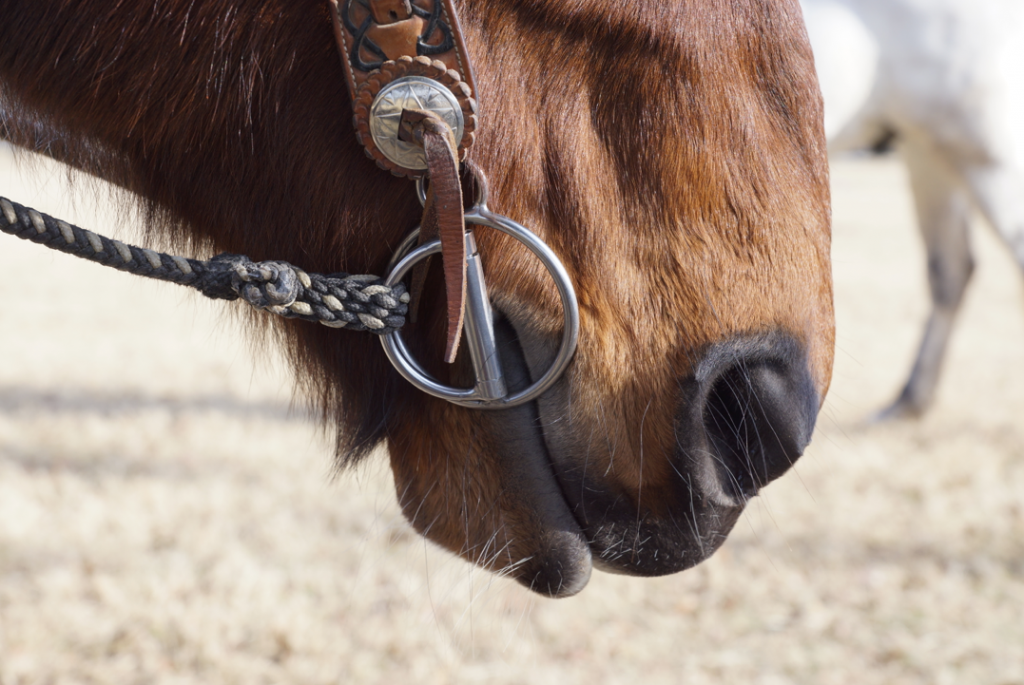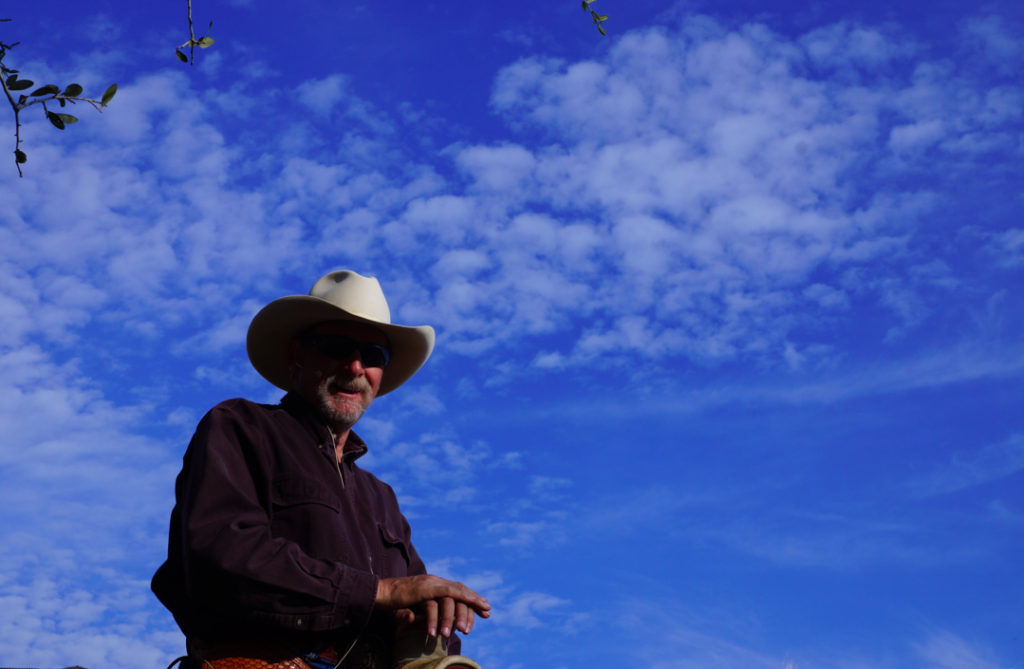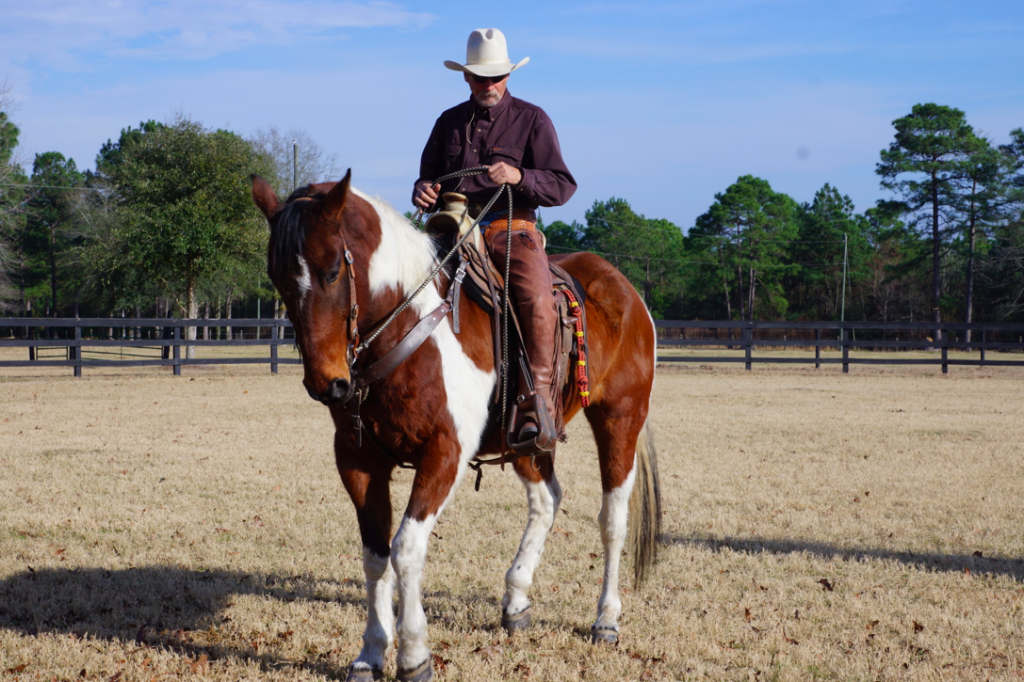Since the workshop with Mark Rashid, I have been breathing. It is becoming a reminder to stay connected to now, to myself. When I feel myself tighten, I use that as a cue to breathe. I have been breathing my whole life, but something about that day when Mark asked me to breathe in rhythm with the horse’s walk has stayed with me, put down roots and is blooming out into all of the parts of my life.
Amadeo noticed. Today when I rode him for the first time in a week, I started with the breath. I let it sluice down the reins into the contact with him, and used it to connect the inside of me with the inside of him. I have struggled with Deo’s forwardness, with getting him to move off easily and softly. Not today. His walk was fluid, and when I whispered go with my leg, he sprang forward.
All the transitions were there. Easily. Walk to trot to walk to trot to canter, to halt. No fight, no hesitation. He was jazzy, even a little wild, so I kept coming back to breathing, steadying myself, steadying him. He felt a lot like the photo above of him with his trainer Brandi.
I don’t know why we get things when we do. Well, actually I do. Abraham says that we cannot receive something that we want until we are a vibrational match to that thing. To be a vibrational match means that we are emotionally lined up with it, that we are open to it without doubt. That is what happened to me in Savannah. I knew that this teacher was going to unlock some things for me that I had been looking for. And that is what happened.



